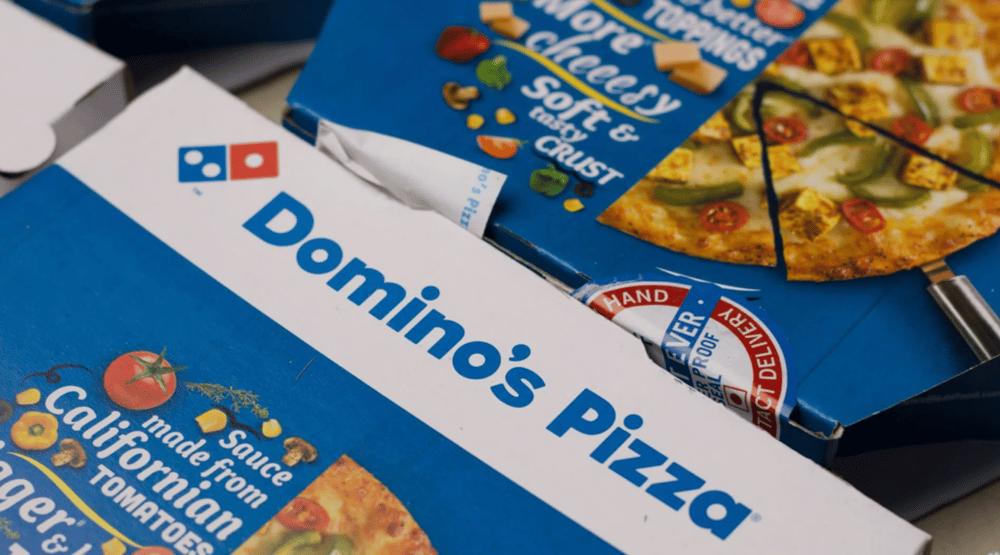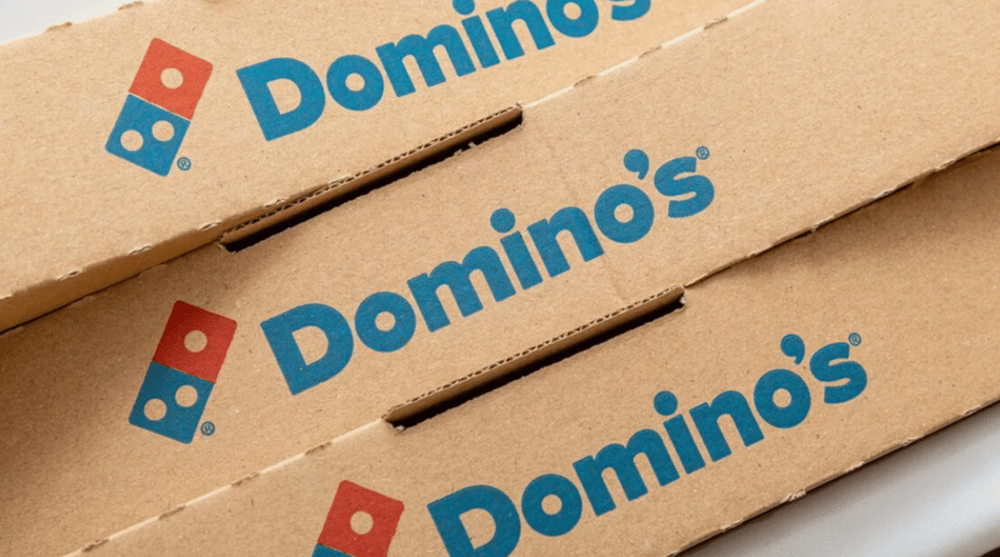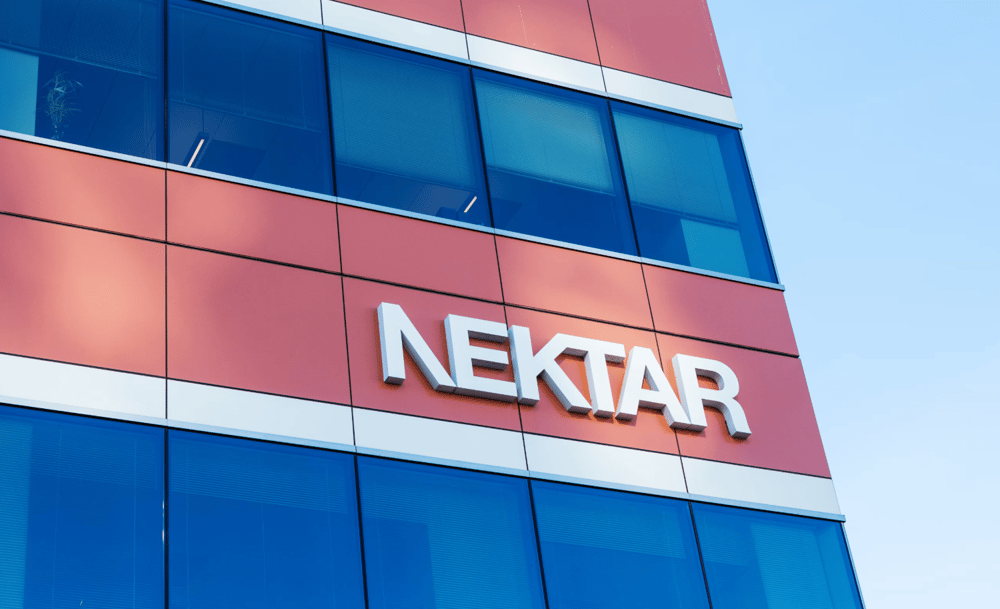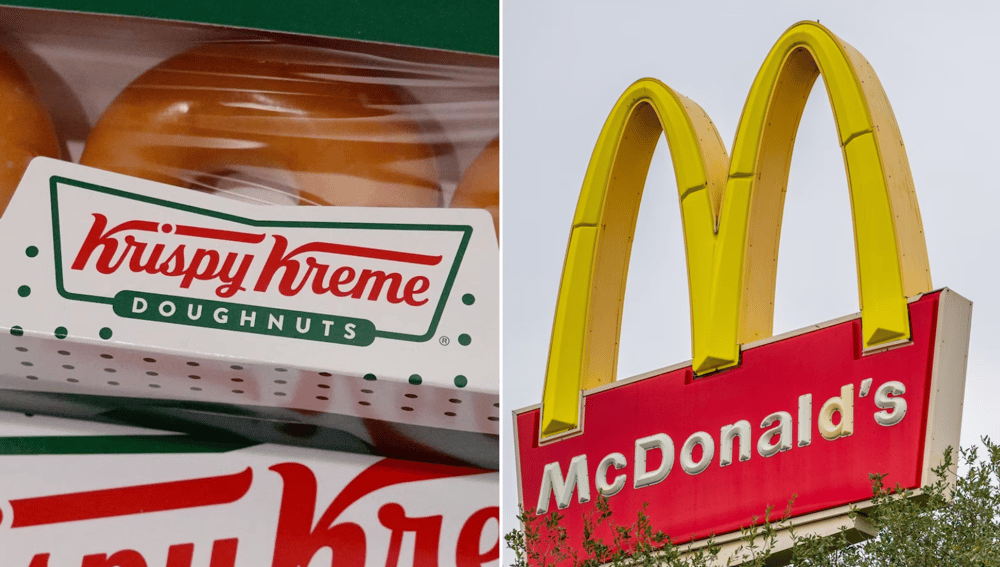Domino’s Pizza Sees Surprise Sales Dip Amid Inflation and Economic Uncertainty
Domino’s Pizza Inc. $DPZ reported an unexpected decline in U.S. same-store sales for the first quarter, reflecting broader pressures from persistent inflation and heightened macroeconomic volatility. The world's largest pizza chain faced a 0.5% drop in comparable sales, missing analysts' expectations of a 0.5% increase, according to data compiled by LSEG.
The results highlight shifting consumer behavior as households trim discretionary spending amid concerns over economic stability. Weighing further on sentiment is the lingering uncertainty sparked by inconsistent trade policies under former U.S. President Donald Trump, which have continued to fuel recession fears and dampen appetite for non-essential goods and services, including dining out.
Key Drivers Behind Domino’s Sales Weakness
Several factors combined to create a challenging environment for Domino’s during the first quarter:
High Inflation: Elevated food and labor costs have pressured household budgets, prompting cutbacks in restaurant spending.
Economic Anxiety: Broader fears of a recession have led consumers to prioritize essentials over discretionary treats like pizza deliveries.
Competitive Market Dynamics: Rival fast-food and casual dining brands are intensifying promotional efforts, squeezing margins further.
Shifts in Consumer Preferences: Demand has shifted towards home-cooked meals and lower-cost dining options.
Trade Policy Volatility: Past disruptions in trade agreements and tariffs continue to ripple through supply chains, indirectly impacting input costs and consumer confidence.
Together, these pressures have reshaped the landscape for quick-service restaurants, challenging even well-established brands like Domino’s.

Broader Trends Impacting the Restaurant Sector
The struggles faced by Domino’s are symptomatic of wider patterns across the foodservice industry:
Price Sensitivity: Consumers are increasingly responsive to menu price increases, making discount strategies more crucial.
Reduced Dining Out Frequency: Elevated living costs have caused a measurable decline in visits to restaurants and takeout establishments.
Operational Challenges: Staffing shortages and higher wage demands are adding pressure to restaurant profitability.
Market Fragmentation: Growth of niche food delivery services is intensifying competition for customer loyalty.
Macro Policy Uncertainty: Trade tensions and regulatory ambiguity continue to create planning challenges for foodservice operators.
As consumers tighten their budgets, quick-service restaurants must innovate and adapt to maintain relevance and profitability in an evolving economic climate.
Conclusion: Domino’s at a Crossroads Amid Economic Crosswinds
Domino’s latest sales results underline the vulnerabilities even market leaders face when macroeconomic uncertainty combines with persistent inflationary pressures. The coming quarters will be critical as Domino’s adjusts its strategy to navigate these headwinds while maintaining its brand strength and customer base in a highly competitive and price-sensitive environment.















Comments